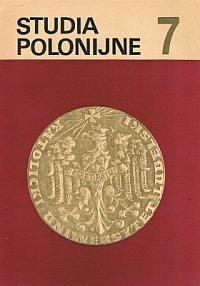Doktrynalno-prawne stanowisko Kościoła wobec szkolnictwa migrantów
Main Article Content
Abstrakt
It has been since the 4th century that the Church became an organizer of education. In the later centuries, especially since the Lateran Council IV (1215), education has acquired an ethnic character. A phenomenon of migrant education arose at the end of the 18th century in the United States and partially also on other countries. At the beginning of the 20th century the Church obeyed the natural right of migrants to teaching their children in the native language.
In the counciliar Declaration on Christian Education the Church declares its right to up bringing and organizing its own education (including the migrants) which would consider the ethnic character, culture and the native language of the pupils.
Taking the conditions of life and the needs of migrants into account, the Church considers that the children of migrants should be provided with the bi-cultural education which harmoniously synthetizes the culture of the country of origin with that of the country of settlement. Consequently, the bi-cultural education ought to be organized.
The local Churches in the places of immigration and partially also in the places of emigration are responsible for the education of migrants. The responsibility refers to all the faithful and the priests in particular.

